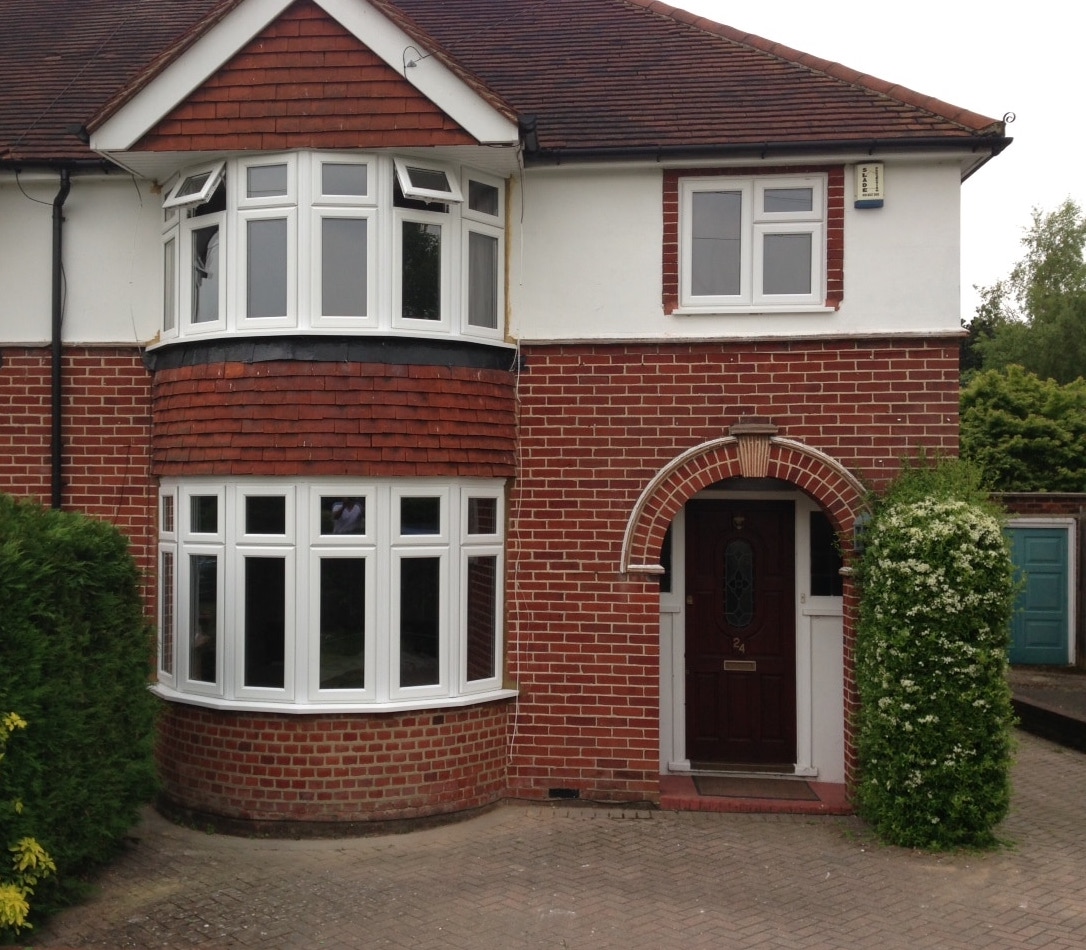Bay windows have long been a popular architectural function in homes, adding beauty, character, and an abundance of natural light to interior spaces. A well-designed bay window not only boosts the visual appeal of a home but also improves performance by supplying additional seating or storage area. In this short article, readers will learn more about the advantages of custom bay window installation, the different design choices offered, and a step-by-step guide on how to approach the installation procedure.

A bay window normally includes three or more areas that protrude from the primary wall of a building. The main segment is often larger than the side ones, developing an inviting nook that provides a view of the outdoors while including depth to the space. There are numerous types of bay windows, consisting of:
Canted Bay Windows: These are angled at 30 or 45 degrees and are the most typical design.
Box Bay Windows: Featuring a square shape, these offer an expansive view and can offer more interior area.
Oriel Bay Windows: Projecting from the upper levels of a building, oriel windows are often decorative and without assistance at ground level.
Circle Bay Windows: Consisting of a curved design, these add a distinct flair to the home's exterior.
Selecting a custom bay window installation comes with numerous benefits. Below are some advantages that property owners can anticipate:
Increased Natural Light: Bay windows permit more sunlight into the home, decreasing the need for artificial lighting.
Enhanced Aesthetics: Customization alternatives enable house owners to choose styles that match their home's special style.
Enhanced Ventilation: With operable side windows, bay windows can increase air flow and enhance cross-ventilation.
Increased Property Value: A visually pleasing bay window can contribute to higher resale values as they are extremely sought after features in realty.
Multipurpose Use: Beyond being aesthetically appealing, bay windows can be utilized as seating areas, plant displays, or storage alternatives.
When considering a custom bay window installation, house owners have a large range of design alternatives to pick from. Here's a breakdown:
Vinyl: Low-maintenance and energy-efficient, vinyl windows are flexible and can be found in a variety of designs and colors.
Wood: Offering natural appeal and visual heat, wood windows can be painted or stained but require more upkeep.
Aluminum: Durable and light-weight, aluminum windows are ideal for modern homes but might not provide as much insulation.
Setting up a custom bay window requires extensive planning and execution. Here's an in-depth procedure to follow:
To make sure longevity and ideal efficiency, keeping your bay windows is essential:
A1: The cost can differ substantially based on size, products, and labor, varying from ₤ 1,500 to ₤ 7,500 or more.
A2: While DIY installation is possible, it requires carpentry skills. It is advisable to employ professionals for best results.
A3: Wood and vinyl tend to offer much better insulation compared to aluminum. Look for double or triple glazing also.
A4: On average, a professional installation can take anywhere from one to 3 days, depending on complexity.
A5: Yes, however factors to consider such as insulation, material options, and sealing are essential for efficiency in extreme environments.
Custom bay window installation not only boosts the exterior beauty of a home however likewise increases its interior performance and natural light. With various design choices and products available, property owners can develop a bay window that deals with their aesthetic preferences and useful needs. Following the installation actions and utilizing regular maintenance will ensure that the bay window stays a cherished feature of the home for several years to come.
No Data Found!